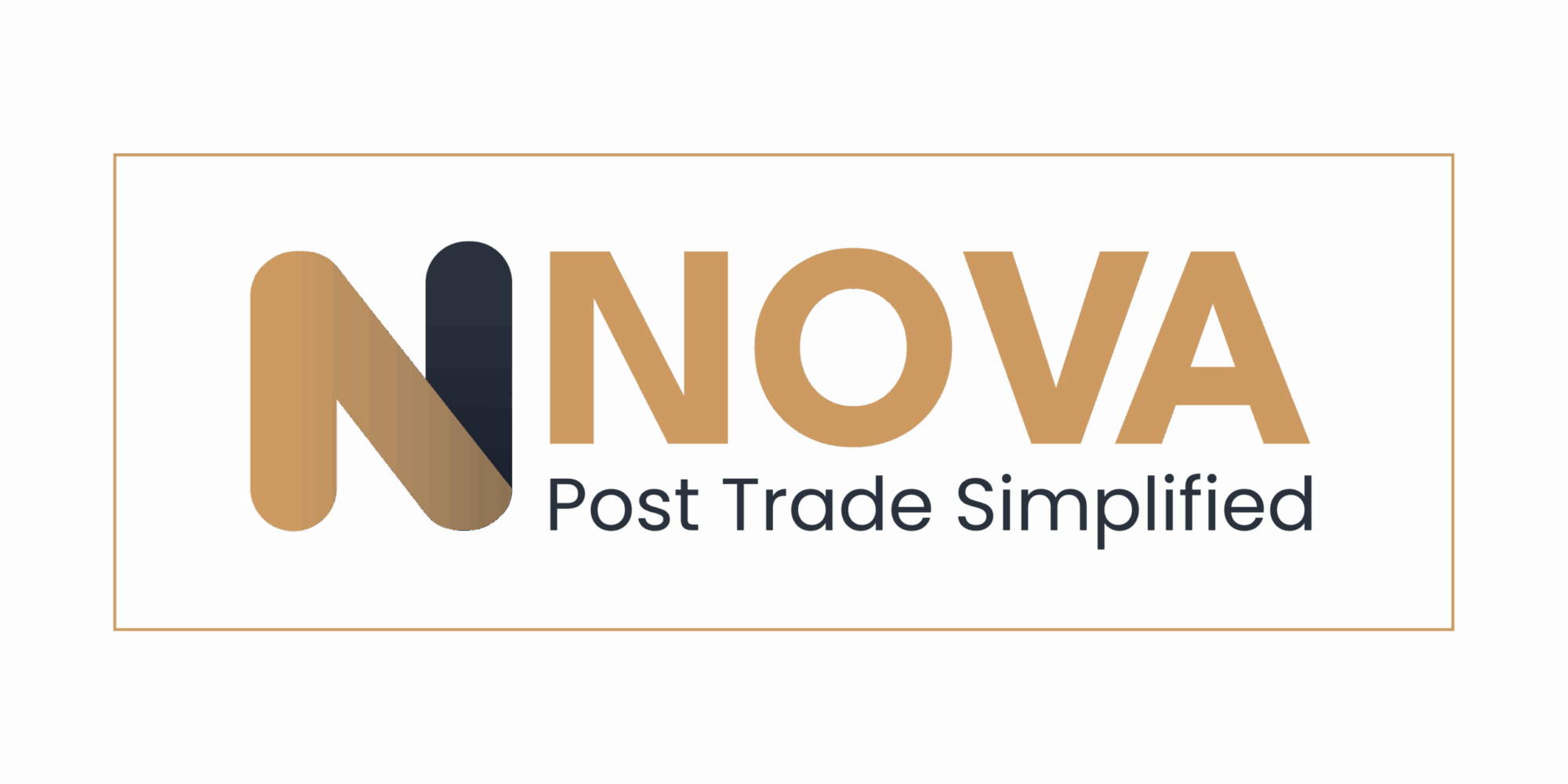
Digital assets: Transforming Finance and Post-Trade Operations
Video Transcript
Digital assets are reshaping the way we think about value and ownership in today’s economy.
From cryptocurrencies to tokenized real-world assets, these digital forms are transforming how businesses, financial institutions, and individuals interact with finance.
Digital assets come in several forms.
Some are backed by physical assets, like real estate or fiat currency, bridging traditional and digital economies.
Others are purely digital, such as cryptocurrencies, which can be either centralized, like gaming tokens, or decentralized, operating on blockchain technology.
In finance, digital assets are streamlining post-trade operations like clearing, settlement, and custody.
Traditionally, these processes were manual and time-consuming.
Now, blockchain and smart contracts enable instant settlements, reducing the need for intermediaries and minimizing transaction times.
Digital assets offer greater transparency and security through blockchain’s immutable ledger.
They allow for global, twenty-four-seven trading, making markets more accessible and liquid.
Real-time tracking of ownership also improves risk management and simplifies regulatory compliance.
Despite their promise, digital assets face regulatory uncertainty and fragmented legal frameworks.
As regulations evolve, digital assets will continue to unlock new opportunities, drive innovation, and make finance more efficient, inclusive, and secure for everyone.
To learn more, visit nova.contemi.com or contact us at info@contemi.com to book a demo.
Introduction
Digital assets have become an integral part of the modern economy, shaping how businesses, financial institutions, and individuals interact with value and ownership. From cryptocurrencies to tokenized assets, digital assets are playing an important role in reshaping the financial landscape, particularly in post-trade processes.
What are Digital Assets?
Digital assets refer to any asset that exists in digital form and includes the right to use. These assets span across various forms, including digital documents, media, and blockchain-based tokens. The advent of blockchain has expanded the scope of digital assets to include cryptocurrencies and tokenized representations of physical assets.
Types of Digital Assets
- Backed digital assets: These assets are digital representations of real-world assets, like real estate or fiat currencies. They derive their value from the physical assets they represent, bridging traditional and digital economies.
- Native digital assets: These assets are purely digital with no physical counterpart. Their value is market-driven and can be either:
- Centralized digital assets: Issued and governed by a central authority, such as gaming tokens.
- Decentralized digital assets: These operate on blockchain, like cryptocurrencies, without a central governing body.
The Role and Opportunities for Digital Assets in the Financial Industry
Digital assets are increasingly important in the financial sector, particularly in streamlining post-trade processes — clearing, settlement, and custody. Traditionally, these processes have been labour-intensive, requiring significant manual intervention and reconciliation across multiple parties. Digital assets and blockchain technology are changing that.
- Efficiency and automation: Digital assets enhance the automation of post-trade processes. Through smart contracts on blockchain platforms, trades can be settled instantaneously, reducing the need for intermediaries and minimizing settlement times. This boosts operational efficiency and lowers transaction costs.
- Transparency and security: Blockchain technology offers a transparent, immutable ledger, providing all parties involved in post-trade processes with real-time access to transaction data. This enhances trust and security, reducing the likelihood of fraud or data manipulation. It also streamlines auditing and regulatory reporting.
- Global accessibility: Digital assets can be traded globally, 24/7, without the restrictions of traditional market hours. This accessibility allows a broader range of investors to participate in the market and enhances liquidity by enabling faster, more efficient asset transfers across borders.
- Risk management: Tokenized assets and cryptocurrencies allow for better risk management by enabling real-time tracking and reporting of asset ownership. This reduces the potential for counterparty risk and simplifies compliance with regulatory requirements.
- Improve accessibility: Digital assets have the potential to transform the investment landscape by making it more inclusive and efficient. They offer a way to democratize access to investment opportunities, allowing a wider range of participants to engage in markets that were traditionally dominated by large entities.
Challenges and Regulatory Considerations
Despite their potential, digital assets face regulatory uncertainty. Fragmented legal frameworks across different jurisdictions can complicate cross-border transactions. Additionally, ensuring consumer protection, preventing financial crimes, and maintaining market stability are ongoing concerns that regulators are addressing as the digital asset landscape evolves.
Conclusion
Digital assets are revolutionizing the financial industry by improving efficiency, transparency, and accessibility, especially in post-trade processes. As regulatory frameworks catch up, digital assets will continue to unlock new opportunities, simplifying complex transactions and reducing costs, all while fostering innovation across the financial sector.
The experts’ view that a decentralized approach allows a company to stay relevant is particularly important. As digital assets and DLT offer new business opportunities for businesses, staying adaptable and open to new forms of collaboration is essential. Although measuring the exact costs of decentralized versus centralized approaches is challenging, the potential for innovation and relevance in the market can provide significant competitive advantages.
Learn more about Nova Digital Assets!
Kshitiswar Tripathy
Head of Product


Leave a Reply